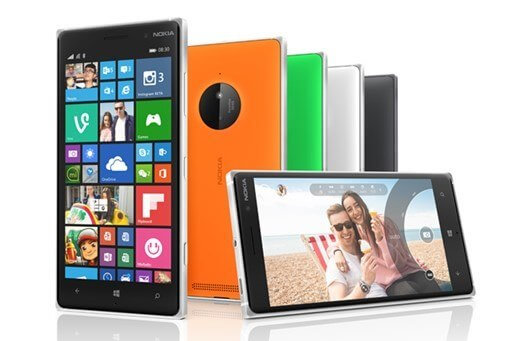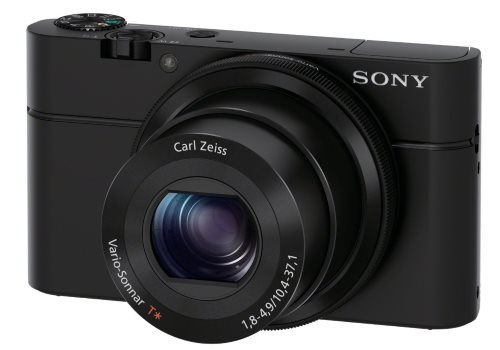Over the last few years, smartphones have stolen a huge chunk of the low-end camera market. This is all lead on by several factors:
- Cameras in mobiles improved to the point that images in good lighting can’t be distinguished quality wise from stand alone camera shots.
- The average Joe and granny got Facebook accounts, and started sharing pics via email and social instead of printing.
- The cost of a smartphone with a decent camera included dropped sharply.
- The ease and methods with which photos are shared to the world via smartphone offer huge benefits as opposed to sharing via camera.
- People not wanting to carry around both a phone and a camera.
Regardless of the benefits with mobile phone cameras, there are still plenty of reasons to carry around a standalone camera:
- Stronger flash than the typical smartphone.
- Typically larger sensors that allow for better quality shots in poor lightning.
- OIS (optical image stabilization) which allows for some slight hand movement while taking a photo.
When it comes right down to it, if you want to take shots indoors or the occasion is less than casual, you want to have a standalone camera ready to roll.
Recently this has changed some with the coming of flagship phones which have strong dual-LED flashes and sensors the same size as budget standalone camera sensors, but keep in mind these are typically in the top-end mobiles that you have to pay big bucks to acquire.
Smartphones to come with OIS
Now flagship smartphones are taking one more step towards camera world dominance as three major players have announced OIS (Optical Image Stabilization) in their flagship models. iPhone announced their iPhone 6 Plus, Samsung announced the Galaxy Note 4 and Nokia announced the Lumia 830. All three of these phones will have true image stabilization hardware (as opposed to digital IS).
While OIS in smartphones is a new thing and only in the most expensive models, it’s a hint of what’s to come. Within the next couple of years, we should start to see OIS and larger sensors in mid-range models and perhaps even budget models as they vie for a bigger chunk of the market.
Enthusiast standalone camera war is heating up
All is not doom and gloom in the world of standalone cameras though. As sensor sizes have increased in flagship mobile phones, it’s increased in the enthusiast market as well. Cameras such as the Canon S120 and Olympus XZ-2 come with 1/1.7″ sensors, which allow for better quality shots in low-light than your average compact.
Sony rocked the world 2 years back by fitting their RX100 with a comparatively huge 1″ sensor. Now Panasonic is breaking new ground with the LX100 which will feature a gigantic (for a compact) 4/3 sensor in a fixed lens compact.
However, as with the flagship mobiles, these high-end enthusiast compacts will put a nice nick in your bank account. The RX100M1 and Canon S120 have dropped to about $400, but Sony’s recently released RX100M3 will set you back an astounding $800. If number of customers are any gauge though, people are willing to pay for the amazing, pocketable image quality possible at high ISOs these enthusiast compacts are capable of.
Photobugs can be sure there is huge value to be had in investing in and carrying around the extra glass
Still, not everyone needs to take quality indoor shots, and when comparing daylight photos from even high-end compacts and SLRs to modern camera phones, most people will not be able to tell the difference. This is especially true when sharing digitally which accounts for 99% of photo sharing in the modern world.
OIS coming to smartphones is one more step towards budget standalone camera doom, but the added bonus is that it has forced high innovation within the enthusiast compact world as well. For a time anyways, photobugs can be sure there is huge value to be had in investing in and carrying around the extra glass.

Leave a Reply